Idrw Team
SOURCE: IDRW.ORG
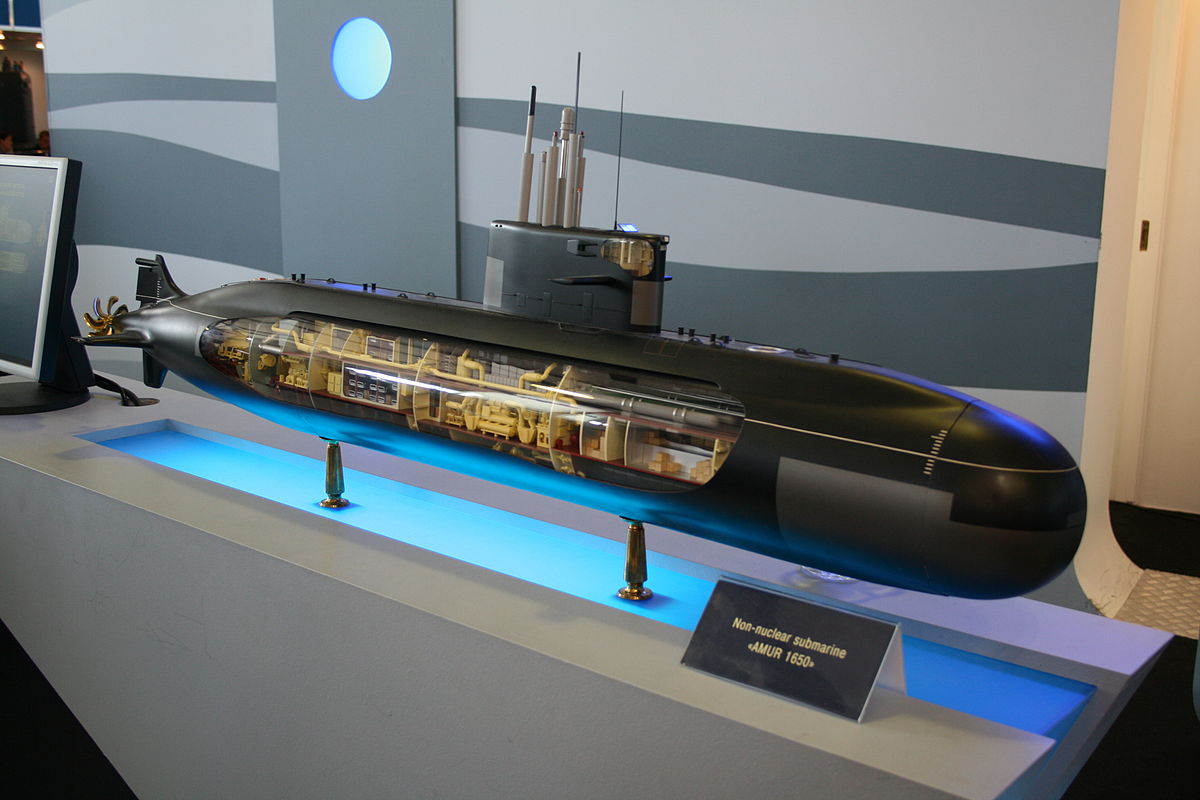
Mr. Igor V. Vilnit, CEO of Rubin Design Bureau, Russia, has expressed a willingness to collaborate with Indian industry and the Navy on Project 75I, aligning with India’s “Make in India” and “Self-Reliant India” policies.
In 2022, Russia withdrew from the Indian Navy’s tender for the construction of six advanced submarines under Project 75I, citing an inability to meet the project’s stringent terms and conditions. The estimated cost of the project was over ?40,000 crore.
Continue readingSOURCE: IDRW.ORG TEAM
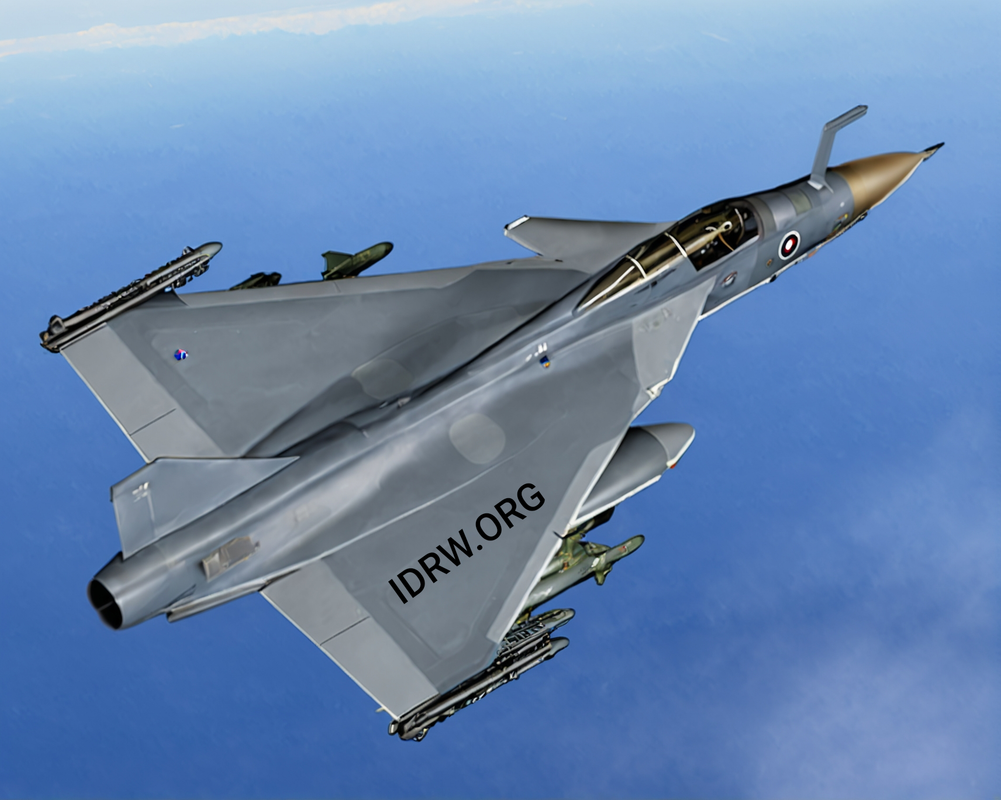
The much-awaited rollout of the Tejas Mk2 fighter jet has been rescheduled for March 2026, according to sources close to idrw.org. This revised timeline indicates a positive development in the program, with assembly of the first prototype set to begin soon.
According to Prabhulla Chandran VK, director of avionics and weapons systems at the Aeronautical Development Agency (ADA), the rollout of the first Tejas Mk2 prototype will occur approximately 18 months from now, placing it in March 2026. This timeline aligns with the program’s original first flight schedule, which was also targeted for 2026. Following the rollout, the Tejas Mk2 will undergo a series of crucial tests, including low and high-speed taxi trials, system checks, and ground engine runs, before receiving clearance for its maiden flight.
Continue readingSOURCE: IDRW.ORG
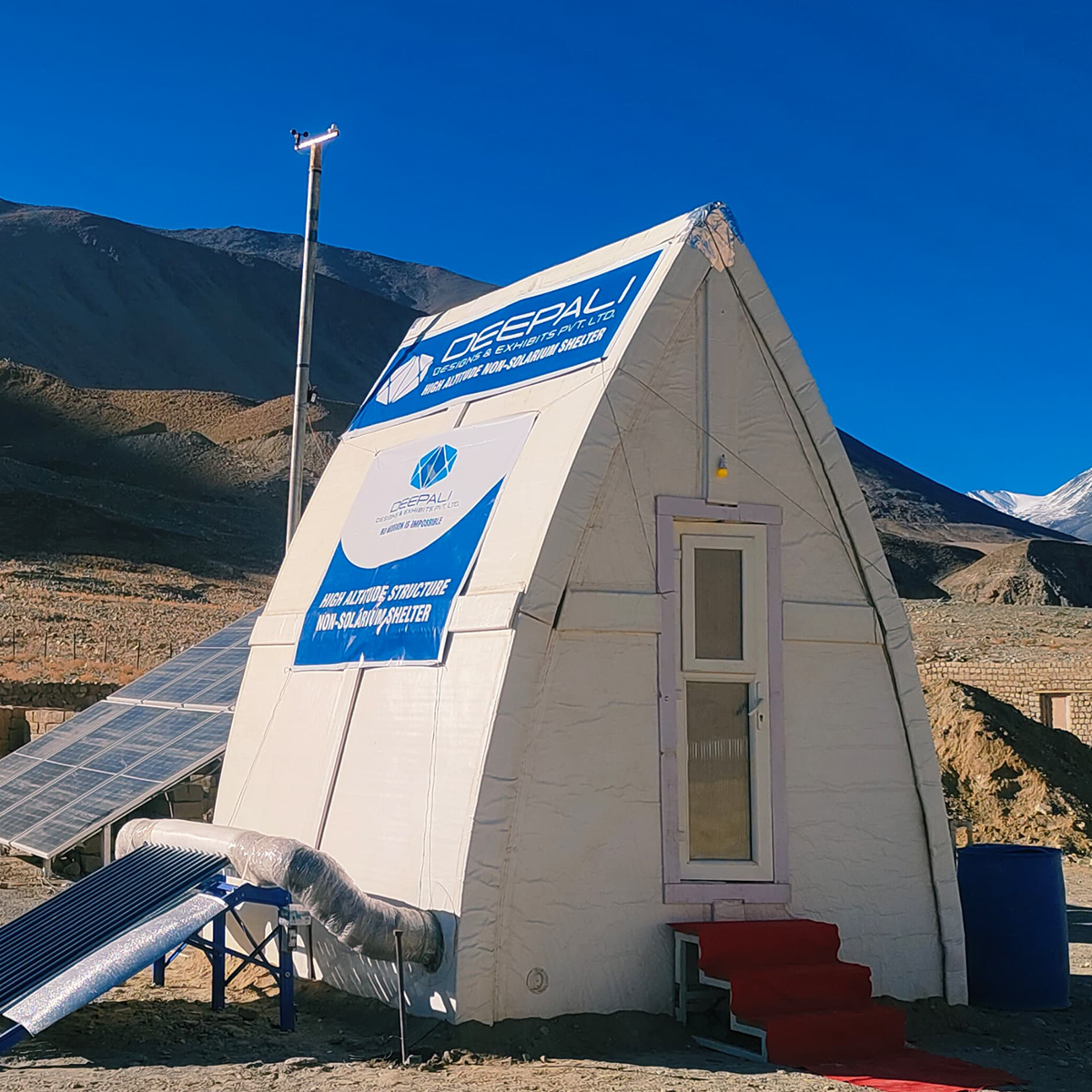
DTECH 360, a leading technology company, has announced the launch of Peak Pods, a groundbreaking high-altitude habitat designed for sub-zero temperature regions. Powered by the indigenously developed OASIS Technology, Peak Pods are the first of their kind in the world, offering a safe, comfortable, and sustainable living solution for challenging environments.
Meticulously engineered to enhance resilience, efficiency, and productivity, Peak Pods are ideal for high-altitude military bases, research stations, adventure tourism destinations, and mountaineering expeditions. A significant technological breakthrough, these pods can maintain a comfortable interior temperature of 15°C even in extreme conditions of -40°C, without relying on fuel or electricity.
Continue readingSOURCE: IDRW.ORG
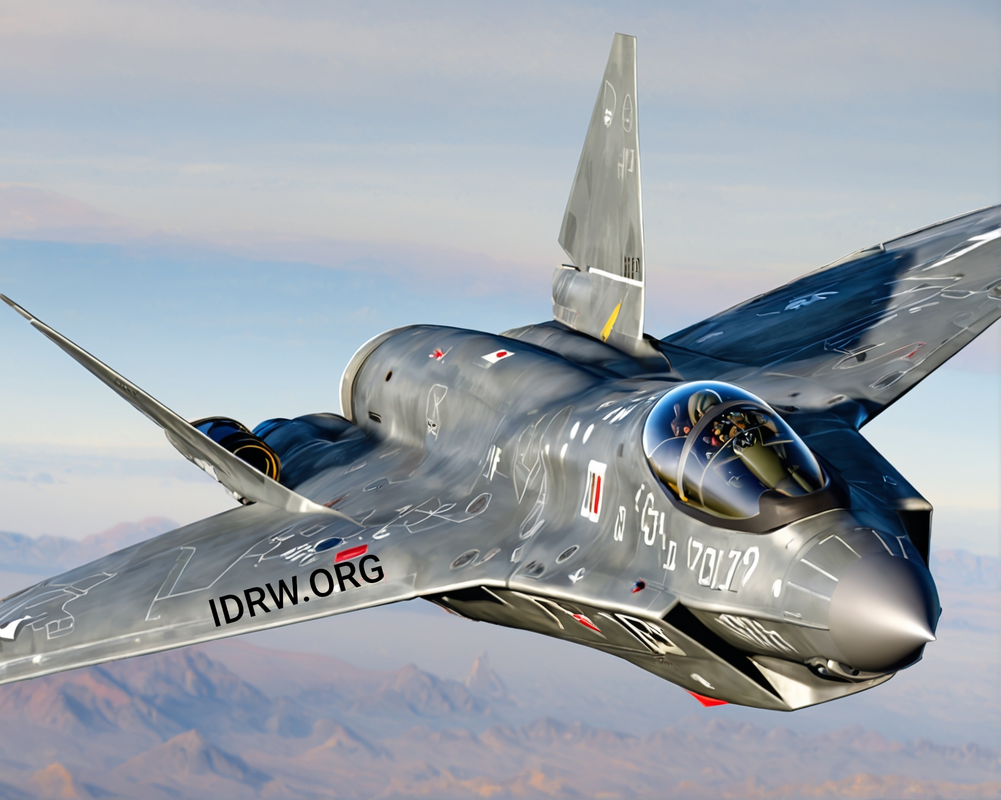
A senior Indian Air Force (IAF) official, speaking to idrw.org under the condition of anonymity, has stated that the proposal for the Su-75 Checkmate, a single-engine stealth fighter developed by Russia’s Sukhoi Design Bureau, is not being seriously considered by the IAF. The official explained that the Su-75 program requires substantial developmental funding from potential customers, making it financially unfeasible for India.
The Su-75 Checkmate was first revealed in the form of a full-size mockup at the MAKS 2021 airshow and followed by a series of patents in 2022, aimed primarily at the export market. Russia has positioned the Checkmate as a competitor to the American F-35, but the official emphasized that the Russian Air Force has no plans to procure the aircraft. This puts the burden of funding on potential export customers, which complicates its viability for the IAF.
Continue readingSOURCE: IDRW.ORG TEAM
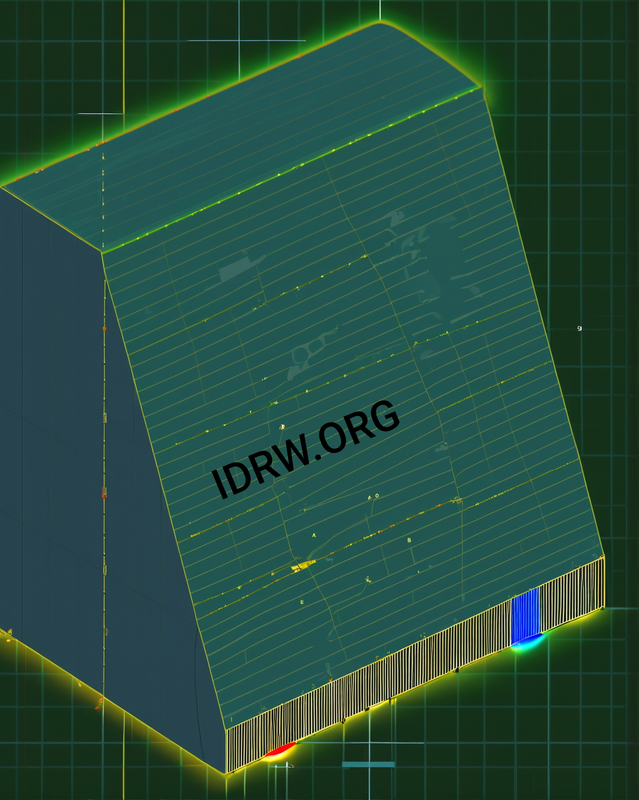
The Indian Space Research Organisation (ISRO) is developing a Space Debris Radar with over 70% indigenous content, marking a significant step towards ensuring the safety of India’s expanding space assets. This radar system is designed to track and monitor space debris, a growing threat to satellites, space stations, and other orbital installations.
As space becomes increasingly congested, the risk posed by debris—ranging from defunct satellites to fragments from past collisions—has become a major concern for spacefaring nations. These objects, often traveling at high velocities, can cause catastrophic damage to operational spacecraft, leading to the loss of valuable equipment and scientific missions. ISRO’s initiative to develop a Space Debris Radar showcases India’s commitment to enhancing the sustainability and safety of its space endeavors.
Continue readingSOURCE: IDRW.ORG

Dr. D.K. Sunil, the Chairman and Managing Director (CMD) of Hindustan Aeronautics Limited (HAL), has confirmed that the deal for the F-414 engine with the US firm GE Aerospace is on track to be concluded by the end of this year. The F-414 engine is set to power the Tejas MkII program, a significant upgrade to India’s indigenous light combat aircraft.
While HAL will manufacture the F-414 engine at its upcoming Bangalore facility, the company plans to outsource 40-50% of the program to Indian private sector companies. MTAR Technologies, L&T, Godrej, Azad Engineering and INDO-MIM are some of the Private firms that will be involved in the production of the engine. This strategic move aims to leverage the expertise of various aerospace components manufacturers across the country, fostering a more robust and competitive defence industry ecosystem.
Continue readingSOURCE: IDRW.ORG TEAM

Piotr Wojciechowski, President-CEO of Polish defense company WB Group, has announced that the company has proposed its FLYEYE mini unmanned aerial system (UAS) to the Indian Army. The FLYEYE is a versatile and compact drone designed for a variety of military and civilian applications.
One of the key features of the FLYEYE is its modular design, which allows for easy assembly and disassembly. This makes it highly transportable and can be deployed rapidly in various environments. The drone can be hand-launched without requiring additional equipment, making it suitable for operations in confined spaces and tight areas.
Continue readingSOURCE: IDRW.ORG
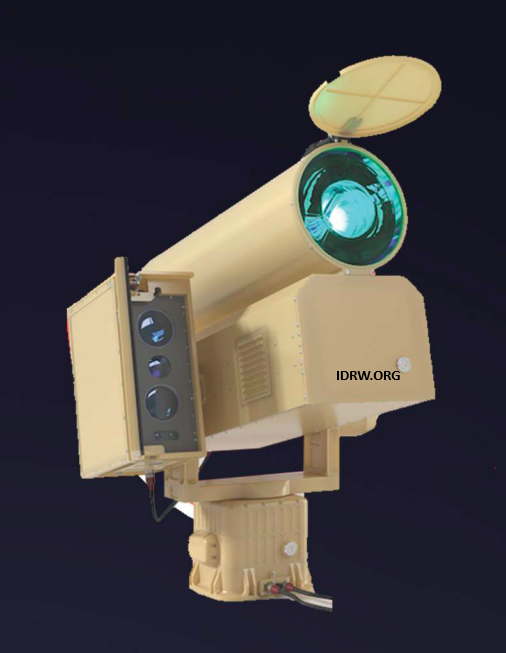
Big Bang Boom Solutions Private Limited, a leading technology company based in Chennai, has developed the Vajra Strike, a cutting-edge direct energy weapon designed to neutralize aerial threats with unparalleled precision and speed.
Leveraging focused energy beams, the Vajra Strike provides a powerful and effective solution for countering drones and other aerial threats. Its pinpoint accuracy and rapid response capabilities ensure that it can swiftly neutralize targets without causing collateral damage.
Continue readingSOURCE: IDRW.ORG

India has issued a Notice to Airmen (NOTAM) indicating an upcoming missile test. The designated airspace for the test covers an area of 1390 kilometres, suggesting that the missile involved could be the Agni-1P, a short-range ballistic missile.
The NOTAM, issued on September 26, 2024, specifies that the missile test will take place on October 3 and 4. The extensive area covered by the NOTAM suggests that the missile’s trajectory will be relatively long, consistent with the range of the Agni-1P.
Continue readingSOURCE: IDRW.ORG

The Indian Army is set to receive the first batch of three AH-64E Apache attack helicopters from Boeing in December 2024, following a delay of over six months. The delays were attributed to global supply chain disruptions, which have affected the manufacturing schedule, according to a report in The Hindu. Initially, the delivery was planned for May, with the next batch scheduled for July. However, the first set of helicopters will now arrive in December, with the remaining three set to follow in the coming months.
The Apache AH-64E attack helicopters will be deployed primarily in the desert regions, significantly enhancing the Indian Army’s capabilities in desert warfare. Known for their lethal firepower, advanced sensors, and precision strike capabilities, the Apaches are considered one of the most formidable attack helicopters in the world. These helicopters will play a critical role in improving the Army’s ability to respond to potential threats along India’s western borders, where the desert terrain can present unique operational challenges.
Continue readingSOURCE: IDRW.ORG

Bengaluru-based Celeritas Automation LLP has emerged as the winner of the Indian Navy Open Challenge 9.0, securing a contract to develop an advanced Optical Landing System (OLS) for aircraft carriers. The OLS, often referred to as the “meatball,” is a critical piece of equipment that provides pilots with precise glidepath information during the final stages of landing on an aircraft carrier.
The OLS plays a vital role in ensuring the safe and efficient landing of aircraft on aircraft carriers. It consists of a series of lights that project a visual glidepath onto the carrier’s flight deck. Pilots use this information to maintain the correct approach angle and speed for a successful landing.
Continue readingSOURCE: IDRW.ORG

An alleged image of India’s K-15 Sagarika Submarine-Launched Ballistic Missile (SLBM), also known as B05, going through a sequential launch from an Arihant-class nuclear submarine has recently gone viral. The image reportedly depicts the missile launched at 10-second intervals, stirring excitement and speculation among defence enthusiasts and analysts.
India has been steadily advancing its nuclear triad capabilities, and the K-15 plays a crucial role in the country’s underwater strategic deterrent. The missile, which is designed to be launched from a submerged submarine, is capable of carrying nuclear warheads, providing India with a second-strike capability that is essential for maintaining credible deterrence.
Continue readingSOURCE: IDRW.ORG

India has revised its Notice to Airmen (NOTAM) for an upcoming missile test, extending the designated danger zone and potentially indicating a more powerful missile than initially planned.
The original NOTAM, issued on September 23, specified a danger zone extending over 1,720 kilometers. However, the revised NOTAM has expanded this area, suggesting that a larger missile may be under consideration.
Continue readingSOURCE: IDRW.ORG

Indo-Russian Rifles Private Limited (IRRPL), the joint venture between India and Russia responsible for producing the Kalashnikov AK-203 assault rifles, is witnessing a surge in inquiries from African and Middle Eastern countries. The Western sanctions imposed on Russian arms manufacturers have created a lucrative opportunity for IRRPL to export its Made in India AK-203 assault rifles to these regions.
Recently, IRRPL successfully delivered 35,000 AK-203 rifles to the Indian Army, marking a significant milestone in the project. The production of these rifles in India is fully aligned with the government’s Make in India and Atmanirbhar Bharat Abhiyaan (Self-Reliant India) initiatives. The project involves technology transfer and aims for 100% localization of AK-203 production.
Continue readingSOURCE: IDRW.ORG

Tonbo Imaging, a leading manufacturer of advanced thermal imaging systems, is set to equip the Indian Army with its innovative Sarisa CLIPON Thermal Sight. The Sarisa, a cooled LWIR thermal imager designed specifically for the Konkurs launcher, will be inducted into the Indian Army next week.
The Sarisa CLIPON Thermal Sight offers a significant upgrade to the Konkurs launcher’s capabilities. Integrated with a high-performance cooled thermal imaging camera, it enables soldiers to lock onto stationary or moving targets before launching a missile. Operating in the LWIR spectral range, the Sarisa can detect, recognize, and identify threats at long ranges, even in challenging day-night and adverse weather conditions.
Continue reading